Field Trip to Graves Mountain on Friday, January 29,
This was my first field trip, and outdoors adventure since hernia operation exactly one month earlier, and my first trip to famous Graves Mountain, so I had my gear, tools, and clothes laid out for at least a week prior. I had to take the day off of work too, so this was a special day.
Graves Mountain is the site of an old mining operation, like so many rockhound locales, and in this case Tiffany’s back in the Roaring 20’s was mining for Rutile. Rutile is an industrial semi-precious gemstone used to polish diamonds. Again, like so many mining operations it changed hands, owners, there were lawsuits, etc. and so on. In addition to Rutile, the area was mined for Kyanite for industrial purposes. As of 2021, the site is privately managed, and opened occasionally to clubs and private excursions, so I was able to visit this famous site through my membership with the Georgia Mineral Society.
The directions that Juergen Poppelreuter, one of the trip leaders, provided were perfect. I actually arrived 20 minutes before assigned arrival, and I was not the first! People were excited!
After the safety talk, we embarked on the march to the pits. There is a main, very large pit, the primary pit, and then another pit, that I believe is split in two, that is higher up the mountain. The march is not too difficult but for future rockhounds, I suggest backpack, sturdy garden wagon, or if no wagon, then some kind of trolley because, whichever pit you choose, the walk from the parking lot is about 15 minutes.
The minerals you are hunting for are primarily rutile, kyanite, lazulite, pyrophyllite, and iridescent hematite. From socially distanced conversations with the other rockhound, the iridescent hematite and rutile were arguably the most desirable, and the rutile the most elusive.
Something that is essential to bring with you is a camera, a real camera if you can pack one because the landscape, the mountain-scape is impressive. Before I got to the pit I took many photos of the landscape as we were luck to have a bright and sunny day. As this site is private and off-limits otherwise, I took full advantage of the chance to photograph this famous rockhound locale.
The style of rockhound here is primarily sifting through the overflow and fallen boulders and surface hunting. The walls are almost impenetrable without power tools, and signs mark the clear risk of being near the wall and below the cliffs. So you move from area to area cracking open larger pieces in search of minerals, and you also keep a close eye on the ground for any crystals or minerals that have washed or eroded out, or perhaps fallen out of someone else’s loot.
Personally, I believe you can only spend a day in one area, in order to substantially mine, rockhound, and collect. The are is simply bigger than a football field. I spent my day in the primary, main pit.
I was able to find some great blue kyanite, some very heavily oxidized kyanite that I will work to clean up, and one decent example of the iridescent hematite. There is a lot of quartz if you are interested in quartz! Quartz is the Georgia State Mineral, and it is very plentiful at Graves Mountain.
If you tumble rocks, the quartz and quartz composite pieces that are all over would supply you with plenty of tumbling material. I did not opt for quartz as my residence is full of it inside, outside, and we have quartz a plenty near us as we live in North Georgia’s Blue Ridge Mountains.
A rule that I strive to always follow when rockhounding, is collect, mine, and gather a lifetime’s supply for yourself. No matter what assurance you give yourself that you will come back to a locale one day, it seems like life easily gets in the way, and you regret not collecting more. So, when you go to Graves Mountain, bring plenty of tote bags, boxes, your cart or trolley, and make sure the shocks on your car are in good order.
The tools required are pretty standard, sledge hammers, crowbars, picks, bags, water, sunscreen, and snacks. While you can go to and from your car, as I described earlier, it is not the easiest walk, and could be 1/8th of a mile or so, so plan on spending the day, with breaks, and be prepared. Last point on preparation, there are no bathrooms or facilities of any sort, so plan accordingly.
I have been cleaning up my kyanite, and it is a much more vibrant shade of blue than I expected. The dark kyanite is cool, but I do not see it cleaning up as well. I am happy with my iridescent, but I wish I was bringing home a coffee table sized specimen. I did not find any rutile, but in passing conversation with other rockhounds there that day, some smallish crystals were found.
So, like all rockhounding trips, even if you do not find a specimen worthy of contacting the people at National Geographic, the day was full of fresh air, exercise, fellowship, and adventure. I look forward to my next visit to Graves Mountain, to one of the other pits! More pictures from Graves Mountain, and other rockhounding tips, tricks, advice, and locations can be found on my blog if you Google “American Geode Blog.”

Graves Mountain 
Graves Mountain 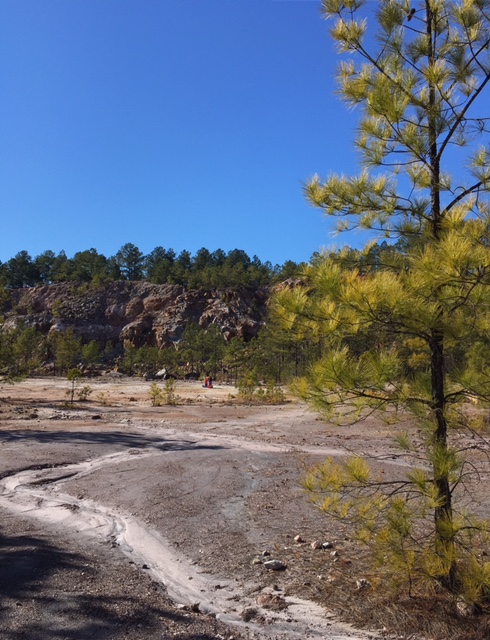
Graves Mountain 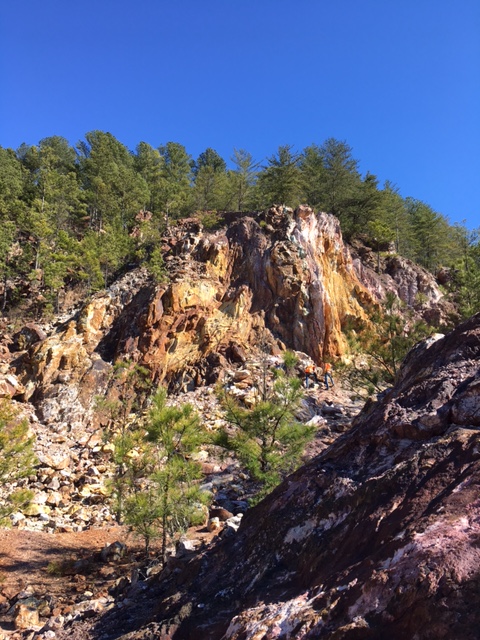
Graves Mountain 
Graves Mountain 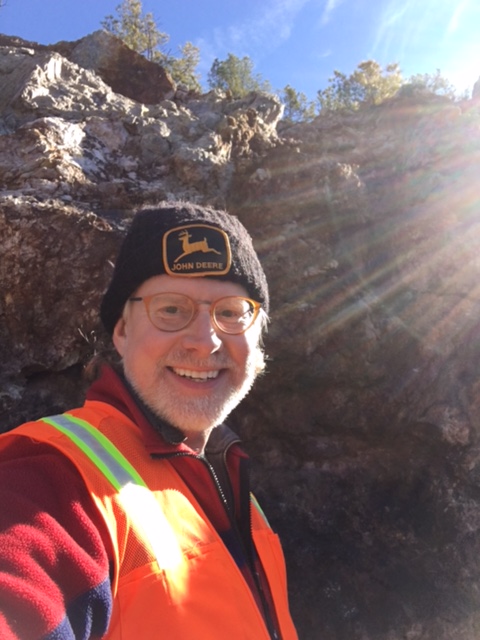
Graves Mountain 
Graves Mountain 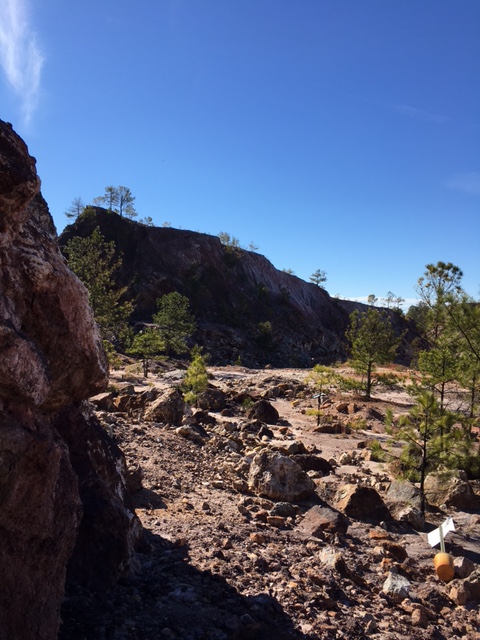
Graves Mountain 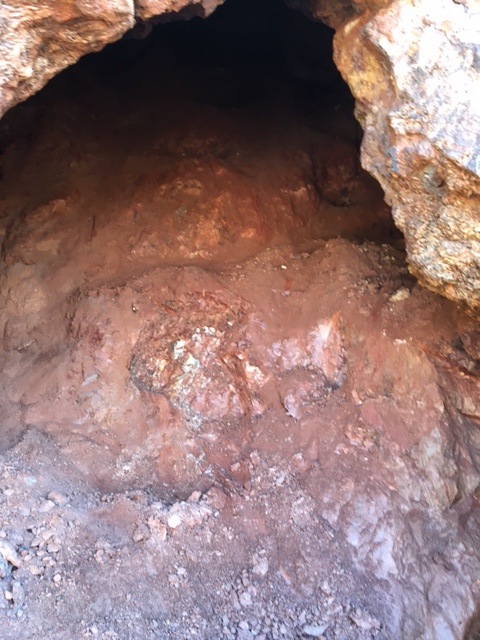
Graves Mountain 
Graves Mountain 
Graves Mountain 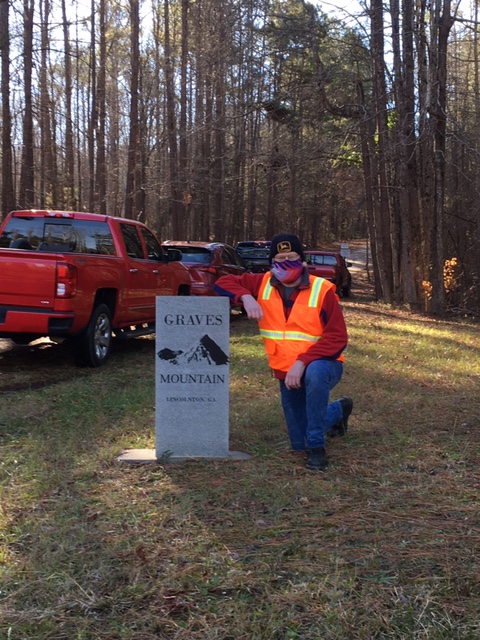
Graves Mountain 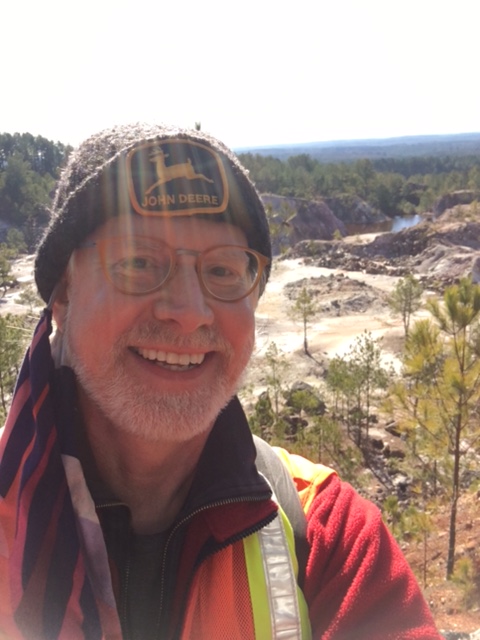
Graves Mountain 
Graves Mountain 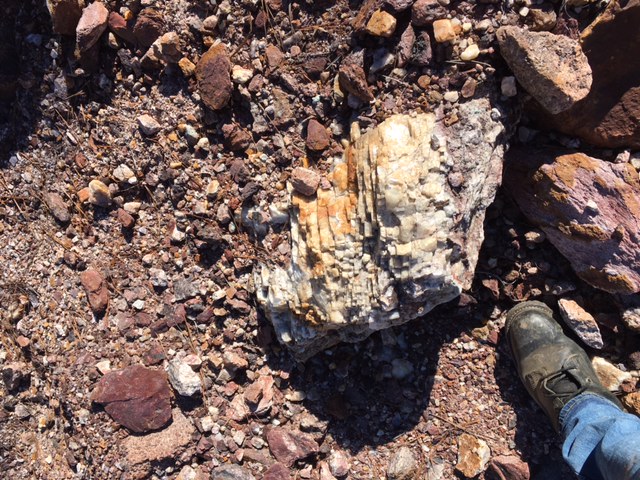
Graves Mountain 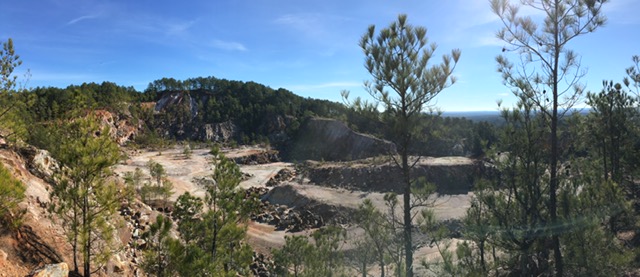
Graves Mountain
